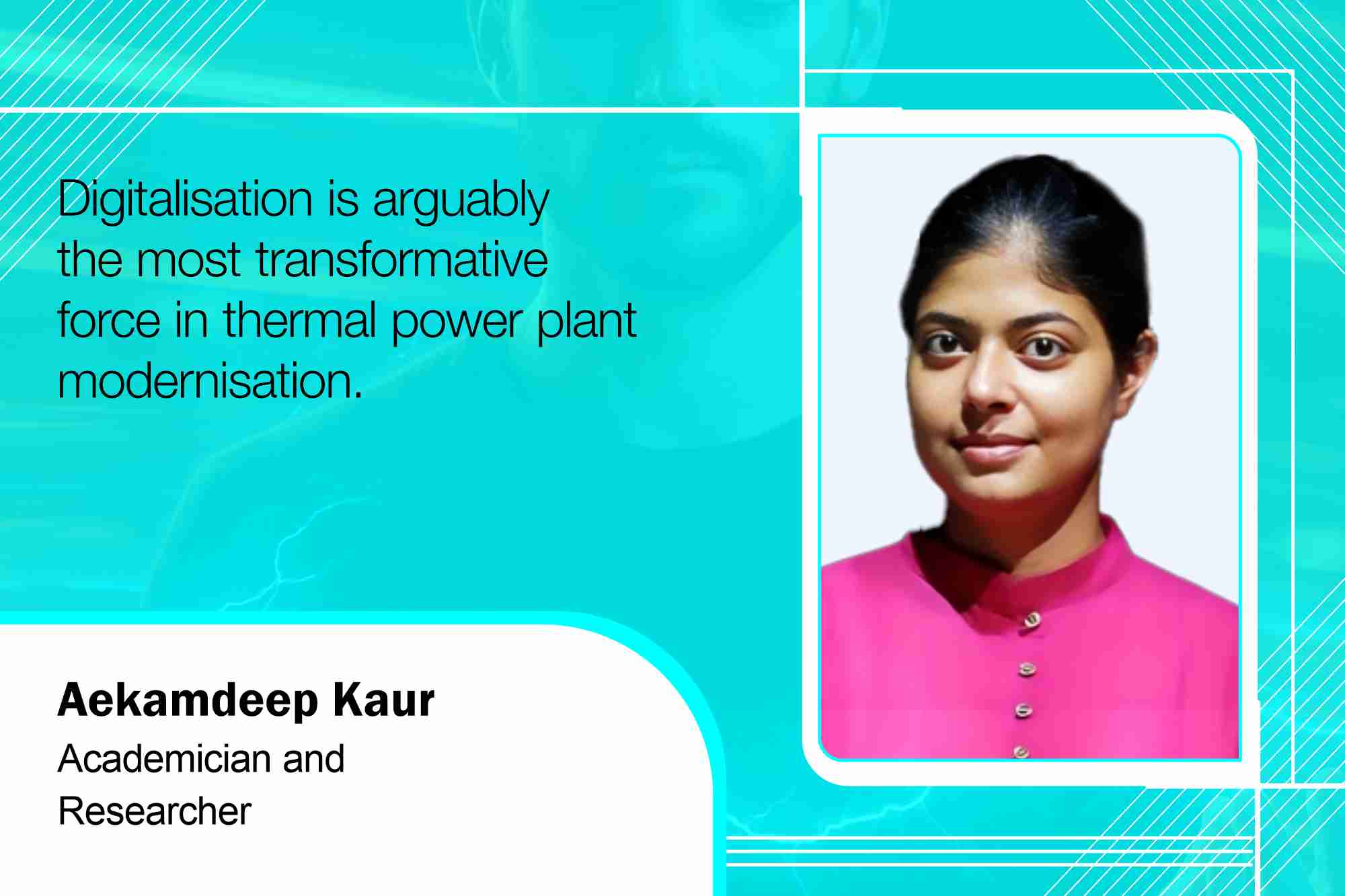Emerging technologies bringing modernisation to thermal power plants
By Staff Report May 23, 2025 4:04 pm IST
By Staff Report May 23, 2025 4:04 pm IST

Four primary forces are driving modernisation: digitalisation, automation, integration with renewable energy, and emission control innovations.
Once the backbone of global electricity generation, the thermal power sector is now at a pivotal juncture. In an era increasingly defined by sustainability, efficiency and digital intelligence, traditional thermal power plants are re-engineered with cutting-edge technologies to meet future energy demands. Modernisation in this context is not just a trend but a necessity.
Modernisation refers to the strategic enhancement of existing systems through advanced technologies, often in response to operational inefficiencies, environmental concerns and evolving energy regulations. Modernisation for thermal power plants is driven by four primary forces: digitalisation, automation, integration with renewable energy and emission control innovations.
Digitalisation and AI Integration
Digitalisation is arguably the most transformative force in thermal power plant modernisation. Technologies such as Digital Twins, pioneered by companies like TCS, enable the creation of virtual replicas of physical power plants. These twins allow operators to simulate, monitor, and optimise performance in real-time. According to recent data, such digital solutions can cut global CO₂ emissions by up to 2 gigatons annually by optimising combustion efficiency and minimising waste.
Beyond simulation, IoT-based smart monitoring systems are now embedded across critical components, such as turbines, boilers, and control units, to facilitate predictive maintenance. Instead of reacting to equipment failure, operators can now anticipate and mitigate issues before they escalate, improving plant uptime and reducing maintenance costs by 20–30 percent.
Automation and Smart Grids
Modern thermal plants are no longer passive entities in the energy chain. With the advent of smart grid integration, they are evolving into intelligent nodes capable of dynamic load balancing, real-time response and seamless interaction with renewable sources. AI-powered control systems enhance fuel combustion processes, optimise thermal efficiency and reduce human error. Remote operations and automated decision-making algorithms ensure that plants can quickly adapt to fluctuating demand and variable energy inputs from renewables like solar and wind.
However, these gains come with complexity. As more systems become digitised and connected, cybersecurity risks rise sharply. The energy sector, now a prime target for cyberattacks, must prioritise robust encryption protocols, anomaly detection systems and secure data pipelines to protect critical infrastructure.Emission Reductions and Regulatory Alignment
Thermal plants have historically been criticised for their environmental impact. But with modern flue gas desulphurisation (FGD) systems and selective catalytic reduction (SCR) technologies, emissions of Carbon dioxide (CO₂) and particulate matter have been significantly curtailed. AI further refines these processes by calibrating emissions in real-time, ensuring regulatory compliance and enabling plants to meet stringent environmental targets.
Moreover, integration with renewables supports sustainability goals. Hybrid models, where thermal plants operate alongside solar or wind installations, offer the dual benefits of energy reliability and emission control.
Investment and Workforce Conundrum
While the technological potential is vast, the transition is not without hurdles. High capital costs for retrofitting older plants remain a substantial barrier, especially in emerging economies. Many facilities still operate with legacy infrastructure that resists easy integration with modern systems. Additionally, the skills gap among the existing workforce poses a strategic challenge. Most plant technicians and engineers have been trained in traditional mechanical systems with limited exposure to AI, IoT or cybersecurity frameworks. Bridging this gap requires a shift in educational curriculum and in-service training programmes, aligning them with the realities of Industry 4.0.
The author, Aekamdeep Kaur, is an academician and experienced professional in the field of Electrical Engineering. At present, she is an Assistant Professor at Punjab State Aeronautical Engineering College, Patiala.
We use cookies to personalize your experience. By continuing to visit this website you agree to our Terms & Conditions, Privacy Policy and Cookie Policy.